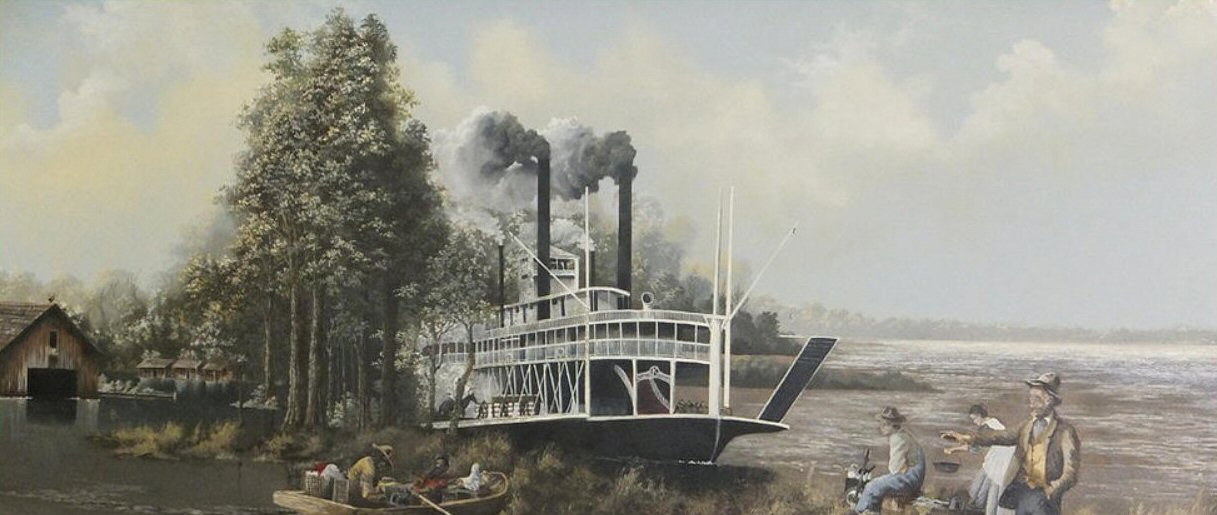
OBLIGATIONS/COMMITMENTS
ABOUT THE BOARD
OBLIGATIONS/COMMITMENTS
Constitutional Obligations
As set forth in the 1890 Constitution of the State of Mississippi and subsequent acts of the Legislature, the Yazoo-Mississippi Delta Levee Board is entrusted with three primary responsibilities:
The protection of all persons, property, and interest from flood damage by the construction, operation, and maintenance of a Mainline Mississippi River Levee.
The sponsorship and minor maintenance of approximately 330 miles of interior rivers and streams under the federal Big Sunflower River and Tributaries Project, as well as the support of other agency activities such as the federal Upper Yazoo Project.
The constant preparation and improvement of plans for emergency operations of the mainline levee and interior streams within the district, to better ensure these features are able to withstand maximum anticipated flood events and deliver their benefits to the citizens of the district.
Federal Commitment Mandates Adjustments
From 1928 through the 1960s, the federal government, under the Flood Control Act of 1928, caused the U.S. Army Corps of Engineers to take over nearly all facets of flood control in the Lower Mississippi Valley except the everyday maintenance and operation responsibilities of the levee boards.
Beginning about 1970, a number of factors caused the federal government to change the federal emphasis from flood control and drainage work to the environment and infrastructure. Corps of Engineers appropriations from Congress were reduced (or held constant despite rising inflation), field employees were laid off because of automation, and many of their engineering staffers were replaced by lawyers and scientists.
Under the existing local, state, and federal partnership, however, there has been tremendous progress in flood control and drainage. A major part of the planned works are in place and damages prevented have already more than repaid the costs of the system. Nevertheless, flood control is a dynamic activity; there is work that remains to be done, maintenance must performed in a timely manner, and emergency resources must be constantly and readily available.
The problem the YMD Levee Board faced was how to raise the money to do these necessary things without raising the levee taxes of the citizens of the district.
A solution became available when the Legislature allowed the establishment of casino gaming along the Mississippi River.
Because Mississippi's gaming legislation required casinos to be located riverward of the mainline levee, high volume traffic crossings to accommodate thousands of vehicles per day had to be constructed over the levee right of way. In the interest of public safety, the YMD Levee Board required its approval of crossing designs. Further, an agreement was devised whereby YMD Levee Board expenses such as engineering costs for the study of flood control impacts directly related to casino operations would be offset by crossing fees, rather than increasing taxes on the Delta's citizens.
Most of the proposed casino sites were located on lands adjacent to YMD Levee Board right of way and, instantly, landowners and developers alike wanted the boundaries established with precision because of the inflated value of casino leases.
Not only to offset yet more engineering costs, but also to alleviate real concerns about the vast amount of potentially dangerous fill requirements, the YMD Levee Board explored the possibility of entering into Port Facility Leases, and the developer was required to construct a fill placed next to the levee and provide much safer flood control conditions.
Having decided to enter the leases, the YMD Levee Board felt obligated to obtain fair market value of the leases for the benefit of the taxpayers of the 10-county levee district.
The fees realized from the Port Facility Leases will allow the YMD Levee Board to accomplish its many additional responsibilities without the necessity of raising taxes.



